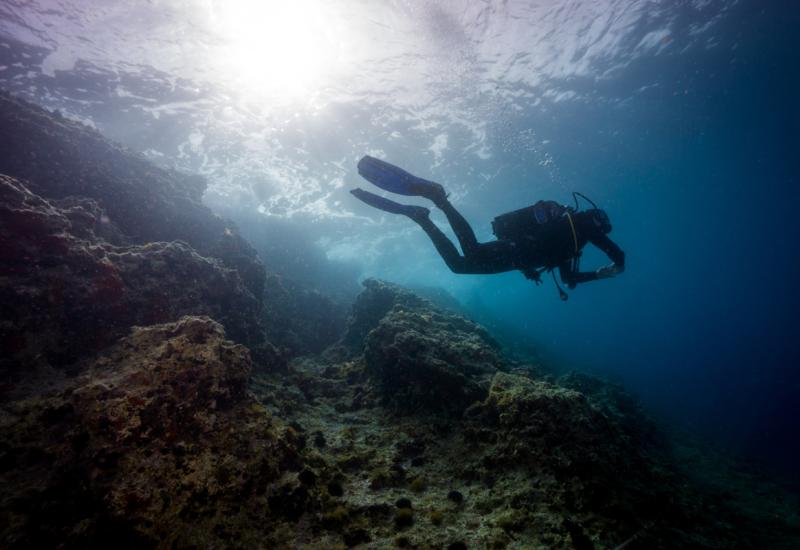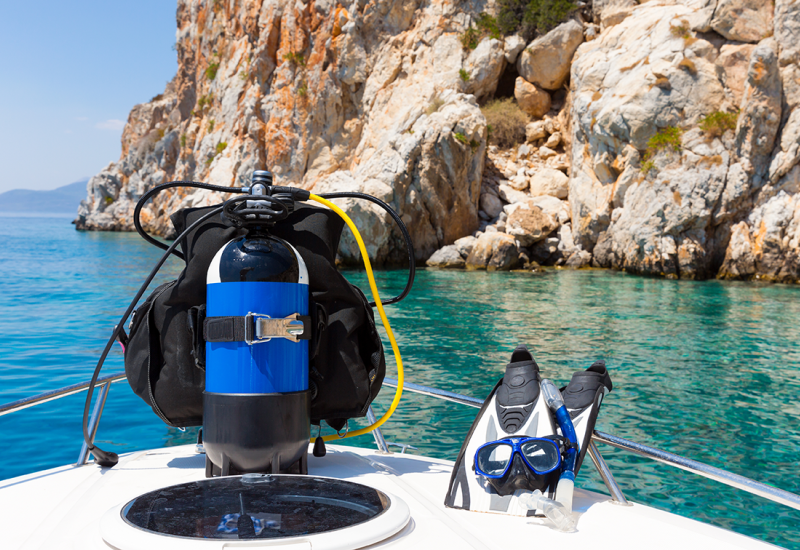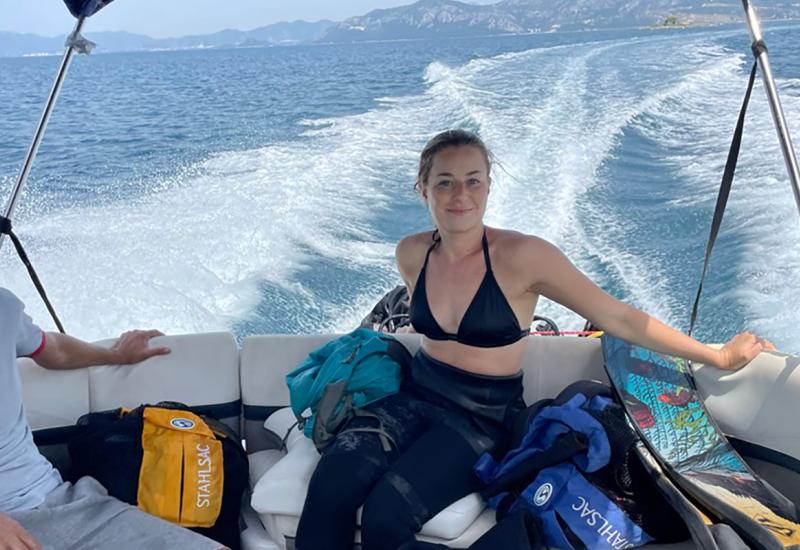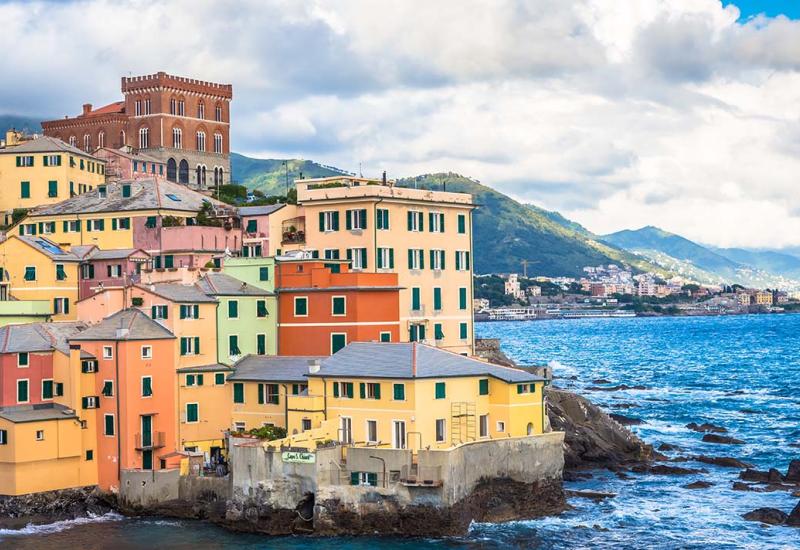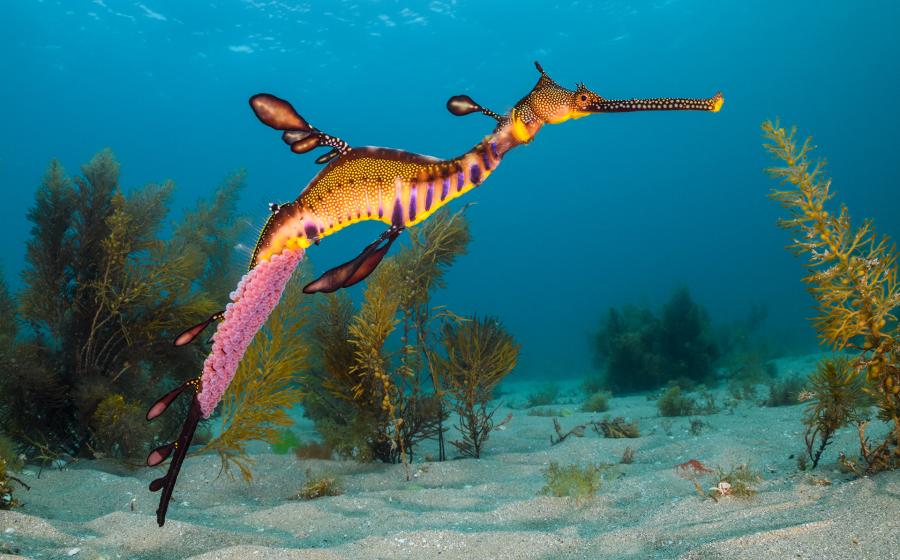Essential Europe - Croatia

Make it Happen The region’s largest city, Split, is the gateway for diving in the Dalmatians. This mainland port has an international airport and regular ferry services to the surrounding islands. The peak dive season is from May to November, when water temps can hit the mid-70s and visibility can reach 100 feet. The government requires diving permits (available at any dive center), which cost around $18. Croatia Divers runs two-dive day trips out of Vela Luka for around $65; on Vis, Dodoro Diving offers full-day trips with lunch for around $85. More Info www.croatiadivers.com , www.dodoro-diving.com
This Central European country occupies a generous swath of the Adriatic Sea’s eastern shore, where more than 1,000 islands draw visitors from around the world with dramatic landscapes and towns that have persisted since the Greek Empire. But what many visitors don’t realize is that, below the surface, Croatia is one of the best-kept diving secrets in the Mediterranean: a vast collection of lush reefs, historic wrecks and elaborate sea caves that together offer some of Europe’s most impressive diving. Croatia’s signature yellow, orange and red gorgonians blanket the surface of the dramatic underwater formations, nestled among clusters of yellow anemones and populated by delicate schools of anthias. The Dalmatian Islands of Vis and Korcula sit at Croatia’s diving epicenter, with dive operators offering day trips to both easily accessible local sites and nearby satellite islands. The diving around Vis and its smaller neighbor Bisevo comprises a rich collection of caves — like the famous Blue Cave on Bisevo — and historic wrecks from the first and second world wars. Some of the wrecks, including an intact B-17 bomber, sit well beyond recreational diving depths, making this a great technical-diving destination. From Vela Luka, on Korcula, divers can explore more than 30 dive sites that include caves and shallow sloping reefs loaded with macro life, alongside walls and pinnacles bursting with soft-coral growth and brightly colored Mediterranean sponges and sea stars. -- Travis Marshall
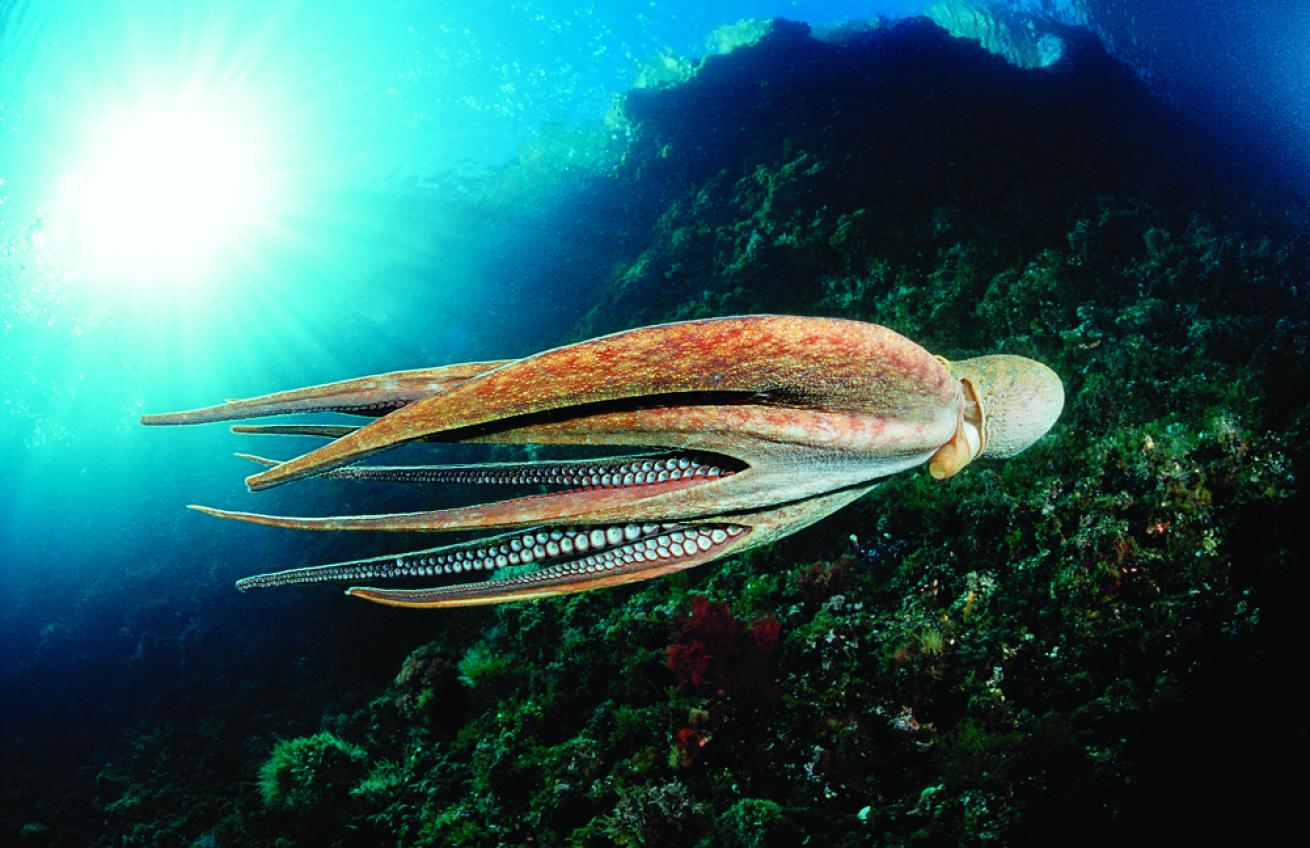
Make it Happen The region’s largest city, Split, is the gateway for diving in the Dalmatians. This mainland port has an international airport and regular ferry services to the surrounding islands. The peak dive season is from May to November, when water temps can hit the mid-70s and visibility can reach 100 feet. The government requires diving permits (available at any dive center), which cost around $18. Croatia Divers runs two-dive day trips out of Vela Luka for around $65; on Vis, Dodoro Diving offers full-day trips with lunch for around $85. More Info www.croatiadivers.com , www.dodoro-diving.com
This Central European country occupies a generous swath of the Adriatic Sea’s eastern shore, where more than 1,000 islands draw visitors from around the world with dramatic landscapes and towns that have persisted since the Greek Empire. But what many visitors don’t realize is that, below the surface, Croatia is one of the best-kept diving secrets in the Mediterranean: a vast collection of lush reefs, historic wrecks and elaborate sea caves that together offer some of Europe’s most impressive diving. Croatia’s signature yellow, orange and red gorgonians blanket the surface of the dramatic underwater formations, nestled among clusters of yellow anemones and populated by delicate schools of anthias. The Dalmatian Islands of Vis and Korcula sit at Croatia’s diving epicenter, with dive operators offering day trips to both easily accessible local sites and nearby satellite islands. The diving around Vis and its smaller neighbor Bisevo comprises a rich collection of caves — like the famous Blue Cave on Bisevo — and historic wrecks from the first and second world wars. Some of the wrecks, including an intact B-17 bomber, sit well beyond recreational diving depths, making this a great technical-diving destination. From Vela Luka, on Korcula, divers can explore more than 30 dive sites that include caves and shallow sloping reefs loaded with macro life, alongside walls and pinnacles bursting with soft-coral growth and brightly colored Mediterranean sponges and sea stars. -- Travis Marshall

